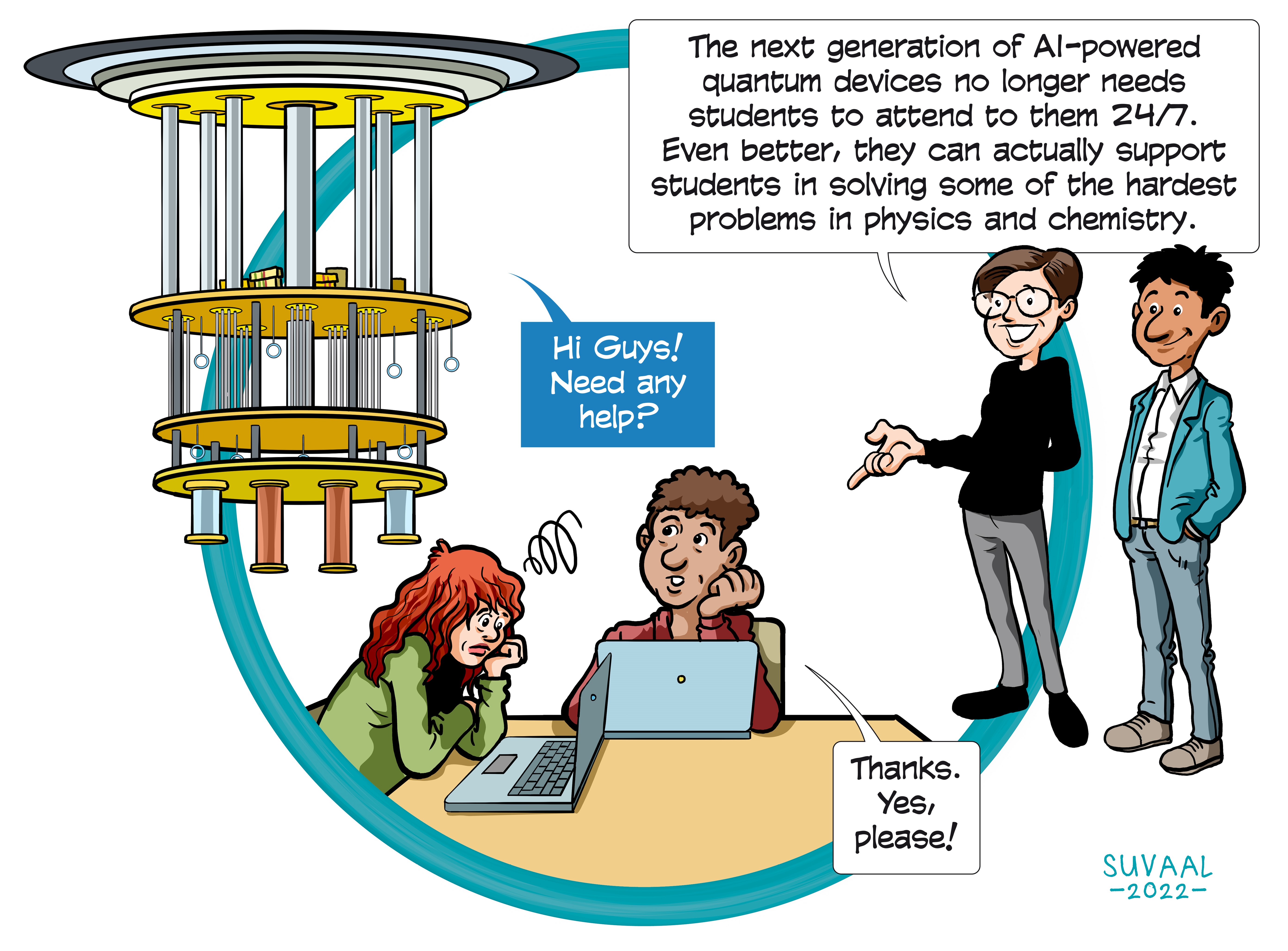Ai in quantum computing
Research Themes: Software Technology & Intellligent Systems, high Tech


A TRL is a measure to indicate the matureness of a developing technology. When an innovative idea is discovered it is often not directly suitable for application. Usually such novel idea is subjected to further experimentation, testing and prototyping before it can be implemented. The image below shows how to read TRL’s to categorise the innovative ideas.
Summary of the project
Quantum computers are a new figure of merit for computation. One of the advantages of a quantum computer is that it could allow researchers to run computations on an unprecedented scale. Simulating this scale is not possible with the current devices which can only store and process classical data in 0 and 1’s. Quantum data would scale exponentially with the system size. Hence, there is no classic computer that could hold such memory. Running quantum experiments generates large scale sets of data. In other research fields where big data sets are used and produced artificial intelligence have been proven useful for identifying and sorting these data sets. The aim is to develop the machine learning directly on a quantum computer so it can control itself. So the researcher started with building a prototype for using artificial intelligence for analyzing this huge set of still classical data. Through the development of special machine learning algorithms she was able to process the data much faster and subsequently control the quantum devices. More complex algorithms are being build that can help to model what the quantum device is doing and verifying if it's performing according to the expectations in real time. Through special neural networks key parameters for the quantum device can be determined and the underlying physics can be identified. This method allows the researcher to look for the optimal parameters of the real quantum device that best fit a theoretical model.
What's next?
Current algorithms are based on classical data. One of the next steps is to build algorithms that can run on and process quantum data directly. Then you would not need to lose the quantumness of your data. Another step is to reach the most advanced level of AI that can be applied to quantum data. Building an algorithm that is similar to language model processing that can build its own network for ‘translation’ on a big quantum device and see if some universal properties for the control of the device can be developed that were not considered before. Both steps would open possibilities for developing completely new devices and applications
With or Into AI?
Both
Dr. Eliška Greplová
prof.dr. ir. Lieven Vandersypen
prof. dr. ir. Menno Veldhorst
prof. dr. ir. Ronald Hanson
Faculties involved
- AS
